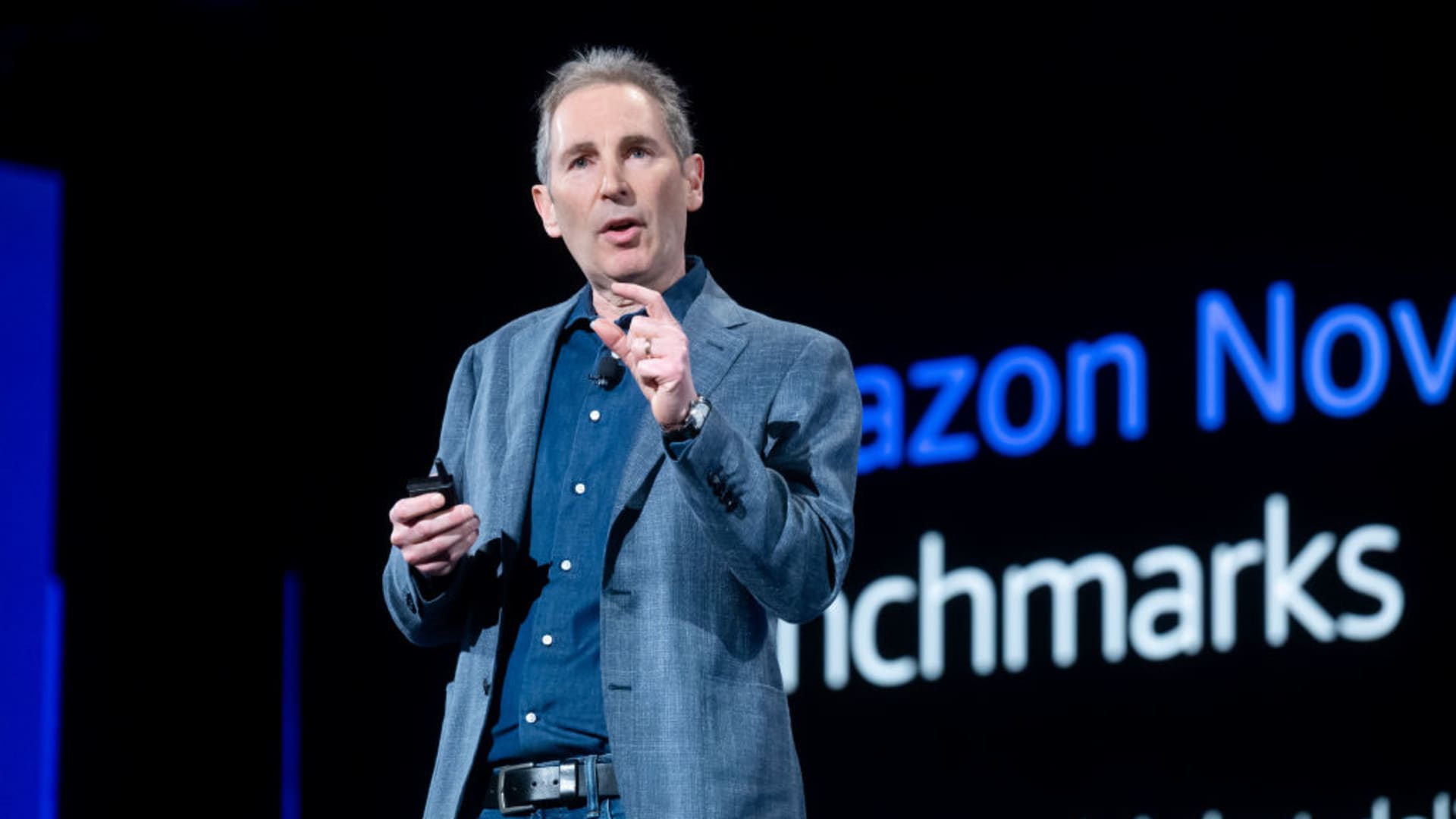The Ascendancy of AI: Amazon’s Strategic Shift and the Broader Market Landscape
The Dawn of AI Dominance
The year 2025 marks a significant turning point in the realm of Artificial Intelligence, particularly within the corporate sphere. Amazon, under the stewardship of CEO Andy Jassy, is not just a participant in this technological upheaval but a key architect, steering the course of AI’s future. A deep dive into recent reports and statements paints a picture of a company that is aggressively investing in AI, anticipating its transformative power, and actively shaping its trajectory. This is more than just technological progress; it’s a strategic necessity for maintaining competitiveness, driving revenue growth, and redefining customer experiences.
A Bold Investment and a Clear Vision
Andy Jassy’s statements repeatedly underscore the pivotal role of AI. He envisions generative AI as potentially “the largest technology ever,” highlighting both the magnitude of the opportunity and the disruption it could bring. This vision is backed by a substantial financial commitment. Amazon plans to allocate approximately $100 billion in capital expenditures in 2025, with a significant chunk dedicated to AI-related initiatives. This investment surpasses many competitors and signals a long-term commitment to AI dominance.
Amazon’s strategy is multifaceted. Jassy outlines a layered approach, integrating generative AI into existing applications and products. This includes enhancing Alexa and developing tools like Rufus, an AI-powered shopping assistant, and Amazon Q within Amazon Web Services (AWS). This internal integration is paired with a focus on providing the infrastructure for others to build upon, with the expectation that “much of this world-changing AI will be built on top of AWS.” This dual strategy allows Amazon to capture value both directly through its consumer offerings and indirectly through its cloud services.
AWS: The Engine of AI Growth
Amazon Web Services (AWS) is the linchpin of this AI strategy. In 2024, AWS revenue reached US$108 billion, a 19% year-over-year increase, largely driven by expanding AI initiatives. Jassy’s shareholder letter emphasizes the significance of AWS in the broader AI landscape, positioning it as the foundational layer for future innovation. The company aims to reduce the “cost per unit in AI” through its model-building and inference services, making AI more accessible and affordable for businesses of all sizes. This cost reduction is achieved, in part, by targeting performance improvements of up to 75% compared to current market models.
The partnership between AWS and Salesforce further solidifies this position. The expanded agreement streamlines data management across both platforms, making it easier for customers to leverage AI capabilities within a unified ecosystem. This collaboration underscores the recognition that AI’s full potential is unlocked through interconnected systems and shared data resources.
Navigating Market Headwinds and Competitive Pressures
Despite the optimistic outlook on AI, Amazon faces broader economic challenges. Amazon’s stock has experienced a 13% decline in 2025, though this is less severe than the declines experienced by Alphabet and Apple. However, it is more pronounced than Microsoft’s 7% dip, indicating a degree of investor caution. This market performance likely reflects concerns about the costs associated with the massive AI investment and the time it will take to realize substantial returns.
The competitive landscape is also heating up. While Amazon is making a “big, bold push into AI,” leaving experts “amazed,” it faces stiff competition from established tech giants like Microsoft, Google, and others rapidly developing their own AI capabilities. The fact that almost all companies are investing in AI, yet only 1% believe they are at maturity, highlights the nascent stage of the technology and the ongoing battle for market share.
Beyond Technology: Cost Optimization and Market Dynamics
Jassy’s 2023 letter to shareholders reveals a broader context for the AI investment. Following a period of cost optimization, Amazon is witnessing an acceleration of new deals and larger, longer-term commitments from customers. This suggests that the initial focus on efficiency has paved the way for renewed growth, fueled in part by the promise of AI-driven solutions.
However, external factors continue to influence the business environment. Discussions surrounding inflation and its impact on the housing market, as evidenced by various economic analyses, demonstrate the interconnectedness of economic forces. While not directly related to AI, these broader market dynamics shape the overall investment climate and influence customer behavior.
The Future is Intelligent: A Concluding Perspective
Amazon’s aggressive pursuit of AI is not just a reaction to a technological trend; it’s a proactive strategy to redefine its position in the global economy. The $100 billion investment, coupled with a layered approach to AI integration and a focus on reducing costs through AWS, demonstrates a clear vision for the future. While market headwinds and competitive pressures remain, Amazon’s commitment to innovation and its ability to leverage its vast resources position it as a leading force in the AI revolution.
The company’s success will hinge on its ability to translate these investments into tangible benefits for customers, drive revenue growth, and navigate the complex interplay of economic forces. However, the evidence suggests that Amazon is not merely preparing for the future of AI; it is actively building it. The coming years will reveal whether this bold strategy will solidify Amazon’s dominance and unlock the transformative potential of artificial intelligence on a global scale.












